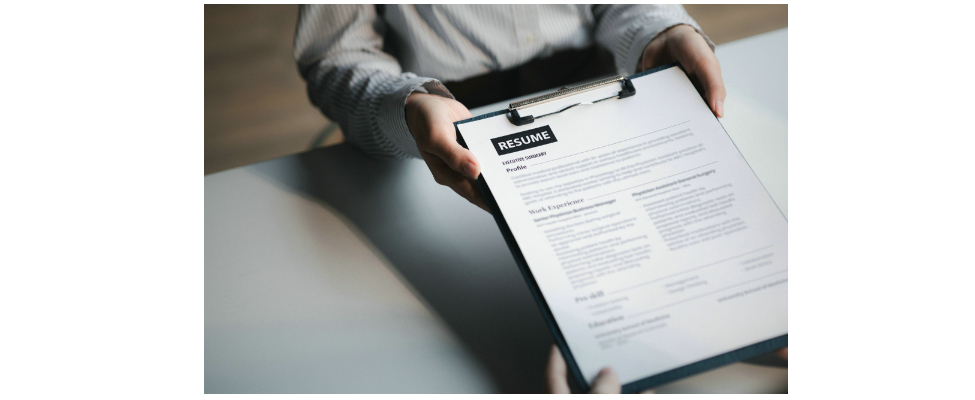Your resume is your first opportunity to impress a potential employer and stand out in a crowded job market. It's essential to craft a well-written and visually appealing document that highlights your skills, experience, and achievements. However, creating a resume from scratch can be time-consuming and overwhelming, which is why many job seekers turn to pre-made templates. While templates can be a helpful starting point, they also come with their own set of benefits and drawbacks.

On the one hand, templates can save time and effort and provide a professional-looking document that adheres to industry standards. On the other hand, they can be generic and fail to highlight your unique qualifications and experience. Additionally, using a template can lead to common mistakes that could harm your chances of landing your dream job.
In this article, we'll explore the benefits and drawbacks of using a resume template and offer tips on how to avoid common mistakes. While templates can be helpful, it's essential to understand their limitations and how to customize them to fit your specific needs and goals. By the end of this article, you'll have a better understanding of how to use templates effectively and create a standout resume that showcases your skills and experience.
Choosing the Right Template
When using a resume template, it's essential to choose one that fits your industry and job search goals. Different industries have varying expectations when it comes to resume design and formatting, and a template that works well for one industry may not be suitable for another. Therefore, it's important to do some research on the expectations of your industry and tailor your template accordingly.
When selecting a template, it's also essential to choose one that is visually appealing and professional-looking. While you want your resume to stand out, you also want it to be polished and easy to read. Choose a template with a clean and simple design that highlights your skills and experience without overwhelming the reader.
Here are some tips for selecting the right template:
By choosing the right template, you can save time and effort while still creating a visually appealing and professional-looking resume that highlights your skills and experience.
Customizing the Template:
While using a template can save time and effort, it's essential to customize it to fit your specific experience and skills. Customizing the template allows you to highlight your unique qualifications and stand out from other candidates. Additionally, tailoring the template to fit your specific needs and goals can make your resume more targeted and relevant to the position you're applying for.
Here's why customizing the template is so important:
However, there are some common mistakes to avoid when customizing a template. Here are a few to keep in mind:
By customizing the template to fit your specific qualifications and avoiding common mistakes, you can create a standout resume that showcases your skills and experience in the best possible light.
Formatting and Design:
While it's important to make your resume visually appealing, it's equally essential to ensure that it's readable and accessible. A well-designed resume should be easy to read, with clear headings, easy-to-read fonts, and appropriate use of white space. This ensures that your potential employer can quickly scan your resume and find the information they need.
Here's why readability and accessibility are so important:
Here are a few tips for using white space, font size, and color contrasts to create an easy-to-read resume:
By paying attention to the design and formatting of your resume, you can create a document that is both visually appealing and easy to read. This will help you stand out from other candidates and increase your chances of getting the job you want.
Content and Language:
The content and language used in your resume are crucial to making a strong impression on potential employers. It's essential to use strong action verbs and quantifiable achievements to showcase your skills and accomplishments. Additionally, it's crucial to avoid common mistakes, such as including irrelevant or outdated information.
Here's why content and language are so important:
Here are a few tips for creating strong content and language for your resume:
By paying attention to the content and language used in your resume, you can create a document that highlights your skills and accomplishments and makes a strong impression on potential employers.
Conclusion:
In conclusion, a well-crafted resume is essential to making a strong impression on potential employers. While using a resume template can be helpful, it's essential to avoid common mistakes to create a standout resume that highlights your skills and accomplishments.
We've discussed the importance of choosing the right template, customizing it to fit your experience and skills, paying attention to formatting and design, and using strong content and language.
Remember, your resume is your chance to showcase your skills and accomplishments to potential employers. By following these tips and avoiding common mistakes, you can create a standout resume that helps you land your dream job.
In summary, while templates can be helpful, they should be used as a guide, not a substitute for a well-crafted resume. By putting in the time and effort to create a standout resume, you can increase your chances of success in your job search.